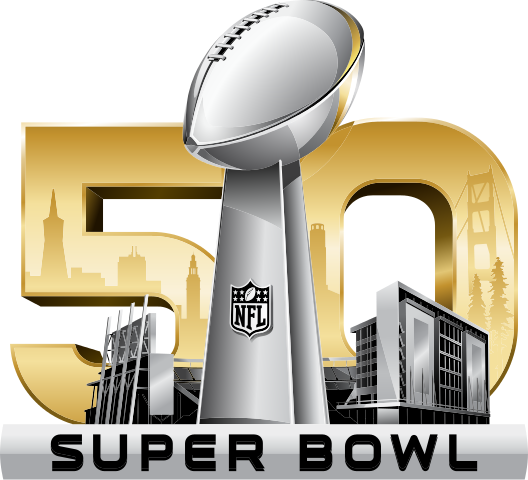Your cart is currently empty!

50 Years of Superbowl Marketing
Modern marketing faces a quandary: modern consumers are less and less willing to pay attention to ads, more and more determined to ignore and avoid ads, and good enough with technology to block ads and remove them from their information streams.
One solution is to make your ads so entertaining that people accept them as desirable content, and this is what has happened with the Super Bowl. People watch and talk about the ads, and they have become a part of the fun of the greatest football game of the year.
Here’s a popular example from this year’s game, featuring a choir of sheep who have, unbeknownst to their rancher, perfected a Queen song from listening to the truck-bed audio in their favorite method of transportation:
https://youtu.be/kTaCT8ZmdJA
Super Bowl ads now are treated like tiny feature films, previewed ahead of the game and critiqued afterwards. It makes sense for commercials that take millions of dollars to create and $5,000,000 for thrity seconds of air time, but it wasn’t always like that.
In fact, it wasn’t until the internet became part of the experience that the commercials became important. People might have enjoyed the Xerox monks in 1977, and they might have talked about the commercial the next day around the water cooler for all we know, but the experience was ephemeral. The commercial was over. We can’t even find information about the first Super Bowl ads — though we did find a claim that the 1965 Super Bowl ads ran $85,000 for 60 seconds of air time.
When the Budweiser frogs showed up in 1995, things had changed. People enjoyed the commercial, talked about it… and shared it online. Budweiser offered a special screensaver with Budweiser frogs (something you might not be old enough to understand, but it was considered valuable content at the time).
Viewers had a way to share the commercials, and advertisers had a way to track their popularity. For companies with the budget to create a mini-feature, social media extended the value of the commercial beyond the 30 seconds of air time. This led to a virtuous circle: more attention to the commercials encouraged higher quality commercials.
Social media also made Super Bowl commercials a thing, a subject people could talk about and push for weeks before and after the game.
By 2010, Nielsen was reporting that viewers tuned in specifically to watch the commercials.
In 2014, Union Square Ventures posted, “Super Bowl ads are so 20th century. Many brands will spend tens of millions of dollars on Sunday night to deliver an ad most of us will forget about by the next day. Really smart companies don’t want to preach to their users in expensive ads. They want to talk to them online in social media and get them engaged and excited about their brands.”
But the Super Bowl ads are only Super because of social media. Companies with a spare ten million to use for an ad aren’t stupid when they plunk down that moola for a Super Bowl ad. They’re smart when they make sure to do enough online promotion before and after it to make it worth the investment.
by
Tags:

Leave a Reply